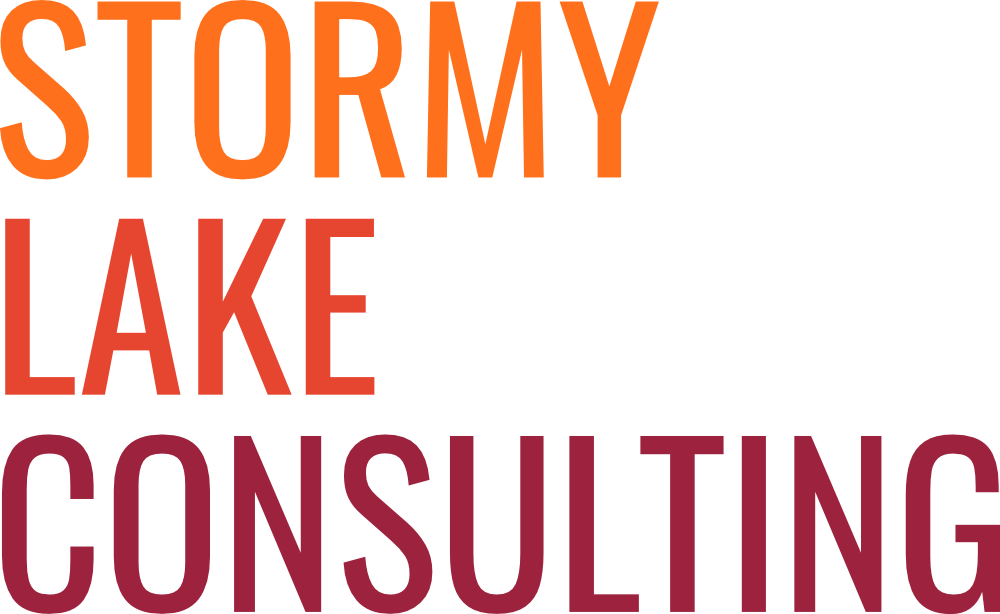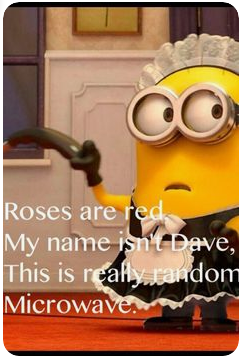The Fake, Unverifiable, Illusory Weekly Update
We’ve come to know and love some famous hybrids
The clementine (tangerine x sweet orange)
The Cronut (donut + croissant)
The Zonkey (zebra + donkey)
The Bacon and egg pizza (breakfast + breakfast)
The Prius (early adopter + self-righteous attitude)
The Workplace (fleeing the home front + stuck in the home front)
It is the dawn of The Hybrid Era™. (Rather than the year 2020 CE, welcome to 01 HE.)
The hybrid workplace is not without its challenges. Microsoft researchers who analyzed the brain waves of participants in video meetings discovered neurological activity associated with stress and overwork after just two hours. So by about 10:30am your team is baked. And not cronut baked.
Here’s an important truth: You work less when you work remotely.
(Sorry if you just spat coffee all over your keyboard.) While we know that this is categorically untrue, this myth stubbornly endures. What is going on?
What we know to be true is based on two key elements:
Its rationality – does it make sense?
Its familiarity – how many times have I heard it?
Rationality can be effortful. We need to dig into the facts and think about them critically.
Familiarity is easy, we just need to hear it over and over again. It’s called the illusory truth effect.
This a phenomenon in which the more times people are exposed to an idea, the more likely they are to perceive it as true, regardless of its “truth”. Gordon Pennycook, a behavioral scientist at the University of Regina in Saskatchewan, has found that the belief of fake-news headlines occurs despite a low level of overall believability and even when the stories are labeled as contested by fact checkers or are inconsistent with the reader's political ideology.
Social media platforms help to inculcate belief in blatantly false news stories and tagging such stories as “disputed” is not an effective solution to this problem. Entirely implausible statements (e.g., "The earth is a perfect square") are not believed, but only a small degree of potential plausibility is sufficient for repetition to increase perceived accuracy.
We are in the midst of a very scary example:
While virtually every credible source has said that the election was the fairest ever conducted in the US, the tidal wave of “unfair” and “rigged” messages is creating legitimacy for the unfounded claim.
Before we get too judgy, this is also the basis of so much marketing and public relations. We distill complex propositions into key messages and then repeat them as much as possible across the marketplace.
Sometimes these truth claims are insidious
Kellogg falsely claimed that Frosted Mini-Wheats improved children’s attentiveness, memory and other cognitive functions, claiming it could improve focus by nearly 20%.
Snapchat promoted itself as an app that would send photos, or “snaps,” to friends that would actually disappear forever, when they knew there were a number of simple ways to preserve the snaps.
In January 2016, the makers of popular brain-training app Luminosity were given a $2 million fine from the Federal Trade Commission, which said the company made false claims about being able to help prevent Alzheimer's disease, as well as aiding players to perform better at school.
Sometimes truth claims are famous, living larger than their brands:
The happiest place on earth
Keeps going and going and going
Gets clothes cleaner
It’s the real thing
This lasts one is from 1969 and still lives in our minds today. I was quite surprised to find that in its 130-year history, Coke has had 50 different slogans. And the one that is 40-years old is the strongest.
But I can understand why Coke has moved on from “It’s the real thing” with all the new flavours they’ve launched:
Cherry
Vanilla
Blood orange
Coffee
Raspberry
Green tea
Ginger
Apple
Dietary fibre (seriously. In Japan, of course)
No, that’s not the real thing at all.
A third, perhaps not-so-key element to recognizing something is true: it rhymes. In an article in Psychological Science, McGlone and Tofighbakhsh found that people are more likely to believe that phrases are accurate when they rhyme. E.g., What sobriety conceals, alcohol reveals; Fake it until you make it; an apple a day keeps the doctor away; or this classic:
Other ways to increase the truth of your work include alliteration and repeating words at the beginning or end of successive sentences. There, if you want to vastly increase the effectiveness of your next presentation, you should go there.
The hybrid workplace has many more truths that will endure for decades:
Hard work never killed anyone, but why chance it?
My job is a top secret, I don’t even know what I’m doing myself
I’m so tired, my tired is tired
Friday is my second favorite F word
After Tuesday even the calendar says W T F!
My job is secure… nobody wants it
This meeting is bullshit
Tip: if you’ve seen it on a coffee mug, it’s probably not a verifiable truth. Sorry “World’s Best Boss”.
Employees and employers alike have little interest in returning to pre-pandemic work models. By the time the pandemic has receded, it will be too late to begin reimagining and redesigning work.
Four things you can do right now are:
If some members of your team are working remotely, team meetings should be conducted as if everyone were working remotely, including colleagues in the office who connect from their desks. That way, members working from home would not miss out on side conversations and the dynamics of the meeting in the conference room.
Create virtual team sessions in which teams work alongside one another as they plow through reports, call clients, check their social feeds, grab a coffee from the kitchen and slightly exasperatedly ask their children not to disturb them during office time. They work on mute but watch one another. Chit chatting from time to time as they would in an office.
Find people who are innovating and experimenting on their own with new tools, routines, and approaches to work remotely and with hybrid teams. Enlist them in a “best teach the rest” model to show their peers how to optimize the effectiveness of remote working.
Continue to develop programs and policies that create an empathetic culture centered on employee wellness. Now is not the time to let up on mental health support.
It’s an exciting new era for the hybrid workforce. We get to create what it will become. (Start humming now) No matter how stifling the world tries to be, let’s not squander our opportunity.
Stay safe.


